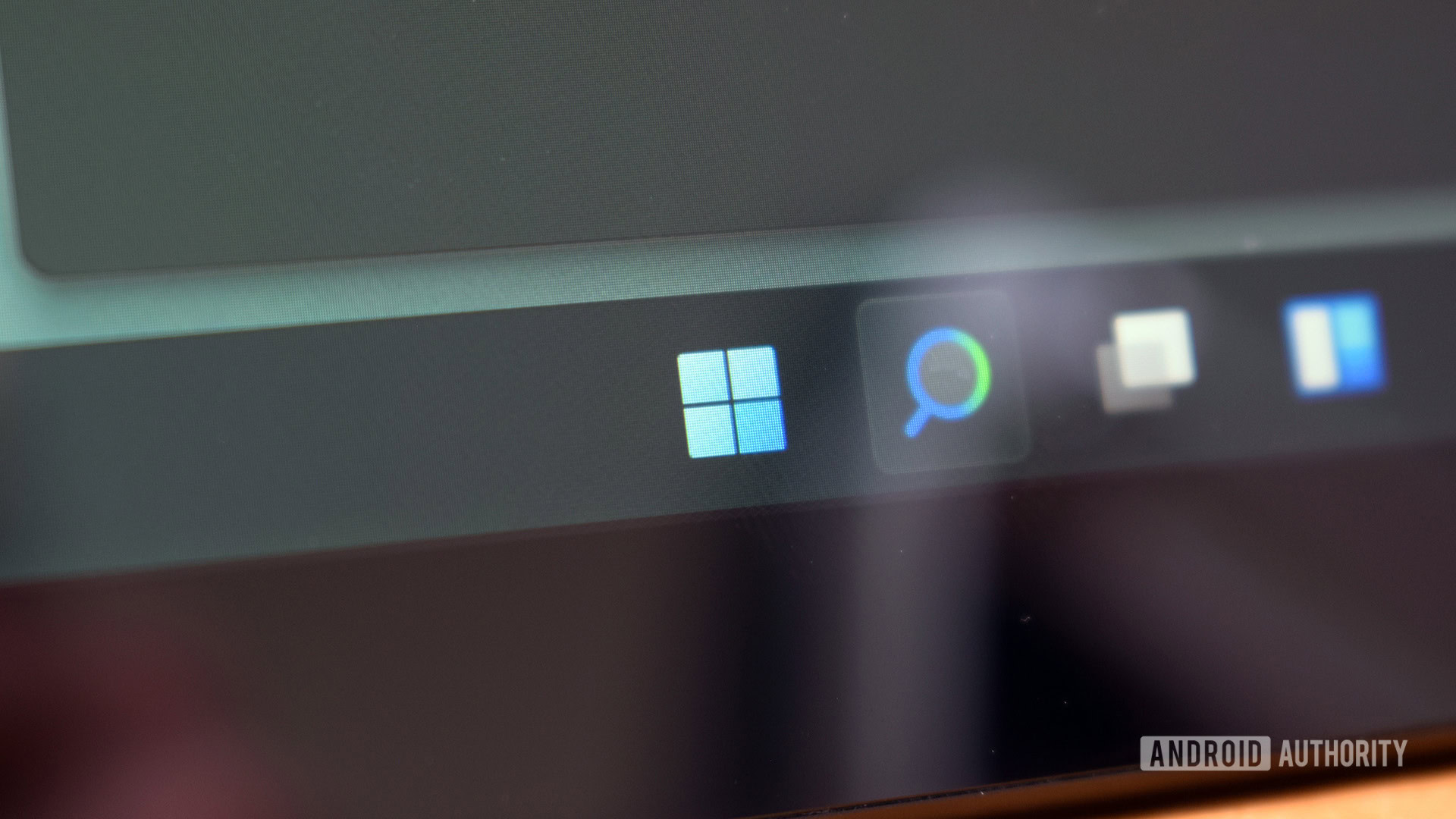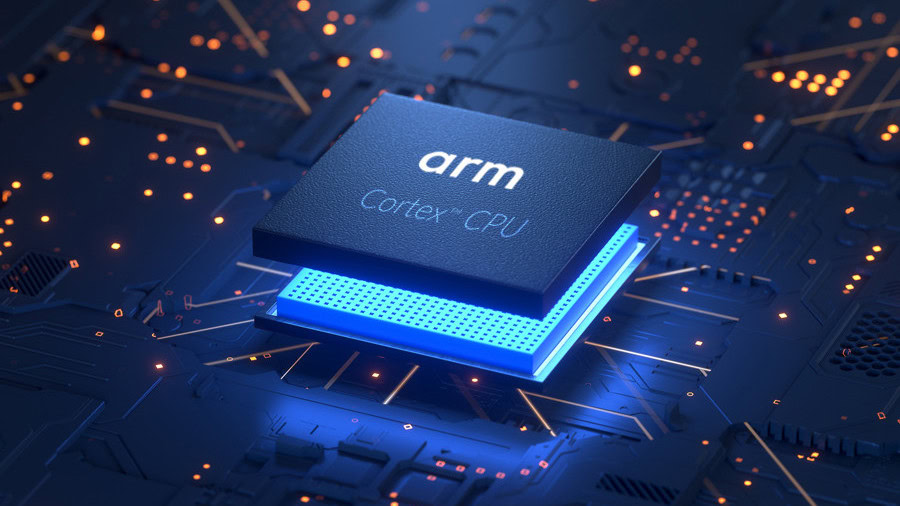Affiliate links on Android Authority may earn us a commission. Learn more.
Maybe hold off on that Windows on Arm laptop until 2023
Published onJuly 3, 2022

If you’ve been searching for a new laptop, you may have spotted some of the more recent Windows on Arm models that have hit the market recently. The landscape is a little livelier than in previous years. Current models like the new Xiaomi Book S (€699) augment the existing range with a more mainstream price point, while the HP Elite Folio ($2,942) aims to wow at the ultra-premium end of the market. The Samsung Galaxy Book Go (£399) accommodates the budget-conscious, rivaling the value posed by Chromebooks. There’s a Windows on Arm laptop for virtually everyone these days, unlike a couple of years ago.
There’s no denying that the ecosystem has come on leaps and bounds in the past couple of years. App support is better than ever with fully native (ARM64 ABI), partially native (ARM64EC ABI), and full 32/64-bit emulation in Windows 11, allowing developers to ease into the ecosystem and support their apps at the pace that suits them. Microsoft is becoming more ambitious with Project Volterra, its first Arm-based PC targeted at developers looking to leverage its Qualcomm chip’s AI processing capabilities. The platform is finally aiming to build applications that haven’t been possible on the long-running x86-64 architecture.
Arm vs x86: Instruction sets, architecture, and all key differences explained
Windows on Arm is the same as traditional Windows from a user’s application, OS, and ecosystem perspective. The difference is that Windows is compiled for and runs on Arm processors rather than x86-64 processors from AMD and Intel. Currently, Qualcomm is the only vendor building Arm chips for Windows.
Windows on Arm features a 32-bit and 64-bit emulation layer in Windows 11 that supports applications that aren’t compiled for native Arm hardware. There’s a performance penalty for running emulation but this ensures that users can continue to use legacy applications while benefitting from Arm hardware for native apps.
Products are still overpriced

So what’s with the headline then? Well, the platform hasn’t reached its potential yet and is still somewhat overpriced against competing products. The battery and connectivity benefits of Qualcomm’s Arm-based laptop platforms are great for some, but day-to-day performance still doesn’t quite rival the competition at the same price points. For example, the Xiaomi Book S sports 2020’s Snapdragon 8cx Gen 2 that’s based on 2018’s Cortex-A76 as its powerhouse CPU core. That’s a lower performance point than today’s flagship smartphone chipsets. For the same £699, you can buy a 2-in-1 sporting an Intel 11th Gen i5 that absolutely flattens Qualcomm’s chip in the CPU department.
Most Windows on Arm products offer slower CPUs than today's flagship smartphones.
In fact, virtually all of today’s Windows on Arm options are sporting older chipset technologies that, while perfectly fine for web browsing and document-oriented workloads, don’t compete with the performance of rival products in the mid-tier, let alone the premium market. As nice as lower power, heterogeneous computing is to have, day-to-day workloads still rely on a robust CPU for multi-tasking and creative tasks like photo and video editing. Not to mention running older software under emulation.
That said, Qualcomm’s Snapdragon 8cx Gen 3 is a better-looking option, thanks to a slightly more modern Cortex-X1 chipset from 2020 that offers much more competitive performance with Intel’s 11th Gen mobile processors. The newly launched Lenovo ThinkPad X13s is the first product powered by this chip but retails from a hefty $1,300. With better performance, up to 32GB RAM, 5G onboard, and multi-day battery life, Lenovo’s option sounds great. However, for that money, many powerful Intel i7 options are already in play. Alternatively, there’s the even more potent Apple M1-powered MacBook Air for just $999, or grab the M2 model for a little more. Unfortunately, the very best of Windows on Arm is still far too expensive.
Read more: Qualcomm’s PC chips are good, but they still can’t match Apple’s M1
The good news, though, is that the performance trend is pointing upwards, and we should see a few more powerful Windows on Arm products hitting shelves in H2 2022 and 2023. It’s worth waiting a little longer for these laptops and 2-in-1s to arrive in force, where competition should help make them that little more affordable. With best-in-class networking capabilities, they’re shaping up to be much better buys than existing models. But things are looking even rosier if you can hold out another twelve months (don’t they always?).
Better Arm CPUs are right around the corner

Arm recently announced its Cortex-X3 powerhouse CPU, noting that it can best the Intel i7-1260P by 34% in some single-core workloads. In just four years, Arm CPUs have gone from trailing to potentially overtaking some of Intel’s laptop models, which bodes well. In addition, Arm’s improved DSU-110 fabric also supports up to 12 cores in a single cluster, opening the door for higher core counts than rival products.
Of course, we’ll have to see what Arm’s partners announce later in the year, if they even decide to utilize the latest and greatest Arm cores available. With MediaTek and Samsung rumored to be edging their way into the space, competition may help drive some much-needed differentiation into the Windows on Arm chipsets market.
See also: How to run Android apps on Windows 11
The culmination of Qualcomm’s Nuvia acquisition is a more sure-fire bet for 2023, though. The latest reports hint that Qualcomm believes it can best Apple M2 silicon, giving the company the performance lead in laptop computing. Even if not, the move to custom rather than off-the-shelf Arm core development is expected to push the chip vendor’s CPU performance much higher than what’s currently on the market.
Qualcomm wants to best the Apple M2 with Nuvia, but we'll have to wait and see.
The first laptop chip to stem from this Arm-based CPU project will sample with partners in August 2022, with products expected to arrive on store shelves in “late 2023.” We had hoped to see products earlier in 2023, but these laptops might just be worth the wait if Qualcomm’s ambitions to build an Apple M2 rival come to fruition.
Even if Nuvia doesn’t quite catch up with Apple’s M2, it could still provide a huge jump over current Windows on Arm processors and really take the fight to AMD and Intel on both the performance and power efficiency fronts.
Are you considering buying a Windows on Arm laptop?
Today, Windows on Arm is a decent platform for lighter workloads and is already worth an investment if you need portability over power. But for mainstream users, current products attempt to command price points well above their performance potential. Fortunately, more powerful Arm laptops are on the way, but the game changers won’t arrive until later in 2023. If you’re looking for a Windows on Arm machine with the performance and battery life benefits to rival Apple’s M1 and M2 chipsets, just hold out a bit longer.